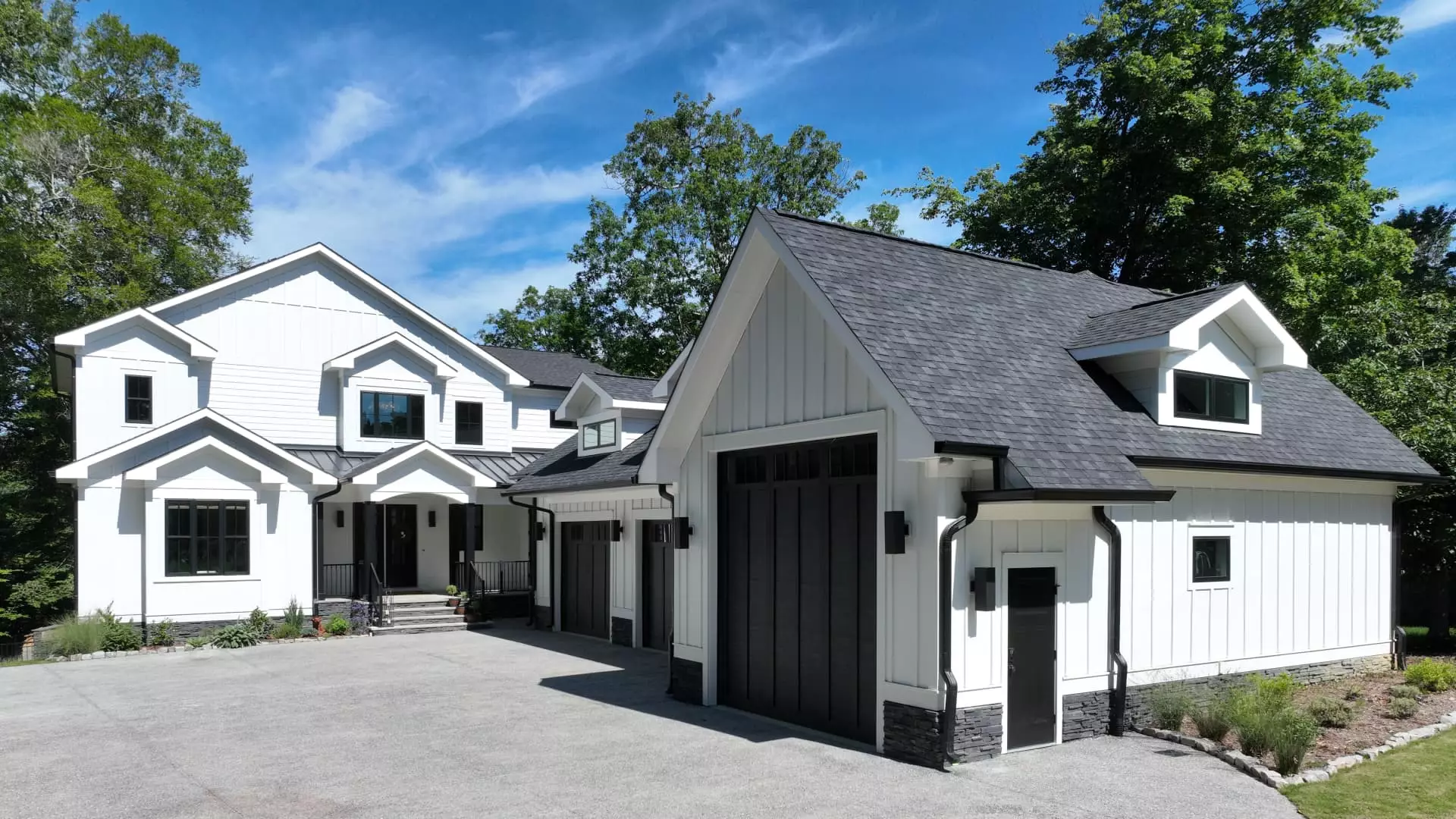In the quest to address climate change, the U.S. real estate sector emerges as a pivotal element, contributing significantly to the nation’s greenhouse gas emissions. According to reports from the Environmental Protection Agency (EPA), residential and commercial buildings are responsible for a staggering 31% of these emissions, surpassing emissions from the transportation and agricultural sectors. This statistic highlights the urgent need for targeted strategies that address the energy efficiency of buildings, both new and existing, as a means to align with the Biden administration’s overarching climate objectives.
The current administration has taken concrete measures to tackle emissions in the real estate sector. One of the flagship policies is the Inflation Reduction Act, which incentivizes homeowners to adopt energy-efficient practices through tax breaks and rebates. These financial incentives not only promote sustainability but also encourage a broader acceptance of green technologies in residential construction. Furthermore, the Department of Energy has set forth guidelines defining “zero emissions” buildings, emphasizing energy efficiency, clean energy sourcing, and the elimination of onsite emissions, which underpins a scientific approach to setting benchmarks for sustainable homes.
One notable example of innovation in sustainable living can be seen in the experiences of Morgan Wojciechowski, a homeowner in Williamsburg, Virginia. As one of the first individuals to receive the federal “zero emissions” certification, her journey epitomizes the potential financial and ecological benefits of adopting sustainable building practices. Wojciechowski, who has a background in real estate development focused on sustainability, moved into her home in August 2023. She highlights that the home is not just built to be energy-efficient but is also uniquely equipped for integrating renewable energy sources.
The cost of building such a sustainable residence totaled approximately $1.1 million, providing insight into the intersection of eco-conscious living and market economy. While her home spans an impressive 5,800 square feet, it is essential to note that smaller, replicable projects can achieve similar standards. Wojciechowski elucidates that her company is developing homes like the 1,500 square-foot model at Walnut Farm, priced at $433,000, which reflects a more attainable option for many prospective buyers.
The Financial Upsides of Energy-Efficient Homes
Transitioning to a zero emissions lifestyle does not only revolve around ethical choices; it also translates into significant financial savings. Wojciechowski estimates her annual utility bills will be around $917, a sharp contrast to the projected savings of $7,226 compared to the average costs associated with traditional homes. These savings come from integrating solar energy, wherein excess production can contribute to the grid through a process known as net metering. Such arrangements allow homeowners to receive credits for the energy they contribute, effectively offsetting their utility costs.
However, Wojciechowski cautions that the financial viability of solar energy systems is closely linked with the energy efficiency of the home itself. Without prior energy-efficient renovations, homeowners may find themselves needing more solar panels than necessary, complicating the return on investment. This reality serves as a crucial reminder that sustainability must be approached holistically, integrating both energy-efficient designs and renewable technologies.
For those looking to adopt more sustainable practices without an overhaul of their current homes, Wojciechowski suggests starting with manageable changes. Simple upgrades, such as replacing old windows and doors or improving insulation, can significantly enhance a home’s energy efficiency. These steps are accessible, offering immediate benefits while enhancing the comfort of occupants. She underscores the “envelope” concept of a house, likening it to sealing the interior to maximize energy conservation.
Furthermore, Wojciechowski emphasizes the importance of gradual integration of energy-efficient features. Homeowners need not make all upgrades at once; instead, they can prioritize based on their individual capacities and financial considerations. Tax incentives for energy-efficient upgrades can further encourage homeowners to make these investments.
Challenges for Renters and Landlords
While homeowners have the ability to implement changes, renters face their own set of challenges in managing energy efficiency. Wojciechowski acknowledges that renters often have limited control over property modifications. Despite these limitations, she encourages renters to foster good energy habits, such as turning off lights and minimizing energy consumption where possible. While systemic changes may take time, individual actions are essential for building a culture of sustainability.
The intersection of real estate and climate change mitigation presents both challenges and opportunities. With the right policies and community engagement, the real estate sector can significantly contribute to a sustainable future. By understanding the importance of energy efficiency and renewable energy, homeowners, developers, and even renters can align their choices with broader climate goals. The journey towards a sustainable future in real estate is not only an environmental imperative but also an achievable endeavor for many Americans.

Leave a Reply